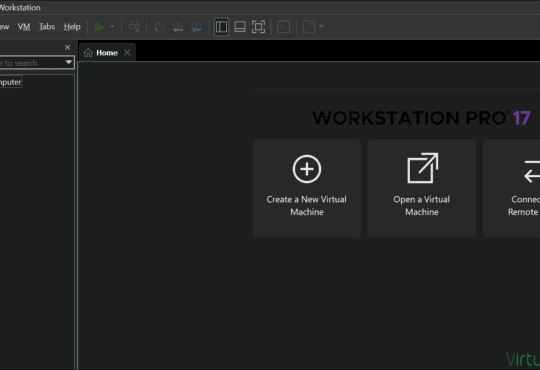Contents
With the growing demand for virtualization solutions in the IT landscape, VMware has been at the forefront of providing cutting-edge technologies for businesses to optimize their operations. Two of its prominent offerings, vSphere and VMware Cloud Foundation, serve as vital components for organizations looking to enhance their virtual environments. In this article, we will delve into the key dissimilarities between vSphere and VMware Cloud Foundation, shedding light on their unique features and functionalities.
Main Infrastructure Differences
At its core, vSphere is a virtualization platform that enables users to create and manage virtualized infrastructure resources such as virtual machines, networks, and storage. It focuses on server virtualization, providing the foundational framework for consolidating physical servers into virtual entities, thereby optimizing resource utilization and enhancing scalability. On the other hand, VMware Cloud Foundation is a comprehensive software-defined data center (SDDC) platform that integrates compute, storage, networking, and cloud management services into a unified solution. It aims to simplify the deployment and management of private and hybrid clouds, offering a cohesive environment for running and orchestrating virtualized workloads.

Architecture Variances
vSphere comprises various components like ESXi & vCenter Server. ESXi serves as the hypervisor that runs on physical servers, while vCenter Server acts as the centralized management hub for configuring and monitoring virtualized resources. In contrast, VMware Cloud Foundation builds upon vSphere but extends its capabilities by incorporating additional software layers such as VMware NSX for network virtualization and VMware vSAN for hyper-converged storage. This holistic approach empowers organizations to deploy a complete SDDC environment from a single integrated stack, streamlining operations and enhancing efficiency.
Licensing and Pricing Models
vSphere follows a traditional licensing model based on CPU sockets or virtual machines, with various editions tailored to meet diverse enterprise requirements. Customers can choose between Standard, Enterprise Plus, and other editions based on the features and functionalities they require. On the other hand, VMware Cloud Foundation offers a unified licensing approach that encompasses all software components within the solution. By adopting a consistent pricing model, organizations can benefit from simplified procurement and flexible scalability, enabling them to adapt to evolving business needs without complex licensing negotiations.
Automation and Orchestration Capabilities
While vSphere provides robust virtualization capabilities, it primarily focuses on infrastructure management and resource provisioning within a data center environment. VMware Cloud Foundation leverages VMware SDDC Manager to automate the deployment and lifecycle management of the entire software-defined infrastructure stack. This includes tasks such as cluster creation, patch management, and workload migration, facilitating seamless operations and minimizing manual intervention. By incorporating automated workflows and orchestration features, VMware Cloud Foundation enables organizations to achieve greater agility and efficiency in managing their virtual environments.

Scalability and Hybrid Cloud Integration
vSphere caters to the scalability needs of businesses by offering features like vMotion for live migration, Distributed Resource Scheduler (DRS) for automated workload balancing, and High Availability (HA) for ensuring continuous availability of virtual machines. VMware Cloud Foundation builds upon these capabilities and extends them to hybrid cloud environments through seamless integration with VMware Cloud on AWS and other public cloud providers. This enables organizations to leverage the flexibility of hybrid cloud architectures while maintaining consistency in management and operations across on-premises and off-premises deployments.
Conclusion
In conclusion, vSphere and VMware Cloud Foundation represent two distinct yet complementary solutions within VMware’s virtualization portfolio. While vSphere serves as the foundation for server virtualization and infrastructure management, VMware Cloud Foundation extends its capabilities to deliver a comprehensive software-defined data center platform for building private and hybrid clouds. By understanding the differences between vSphere and VMware Cloud Foundation, organizations can make informed decisions about leveraging these technologies to drive innovation, efficiency, and scalability in their IT environments.
Be sure to subscribe to my mailing list for more articles like this.





